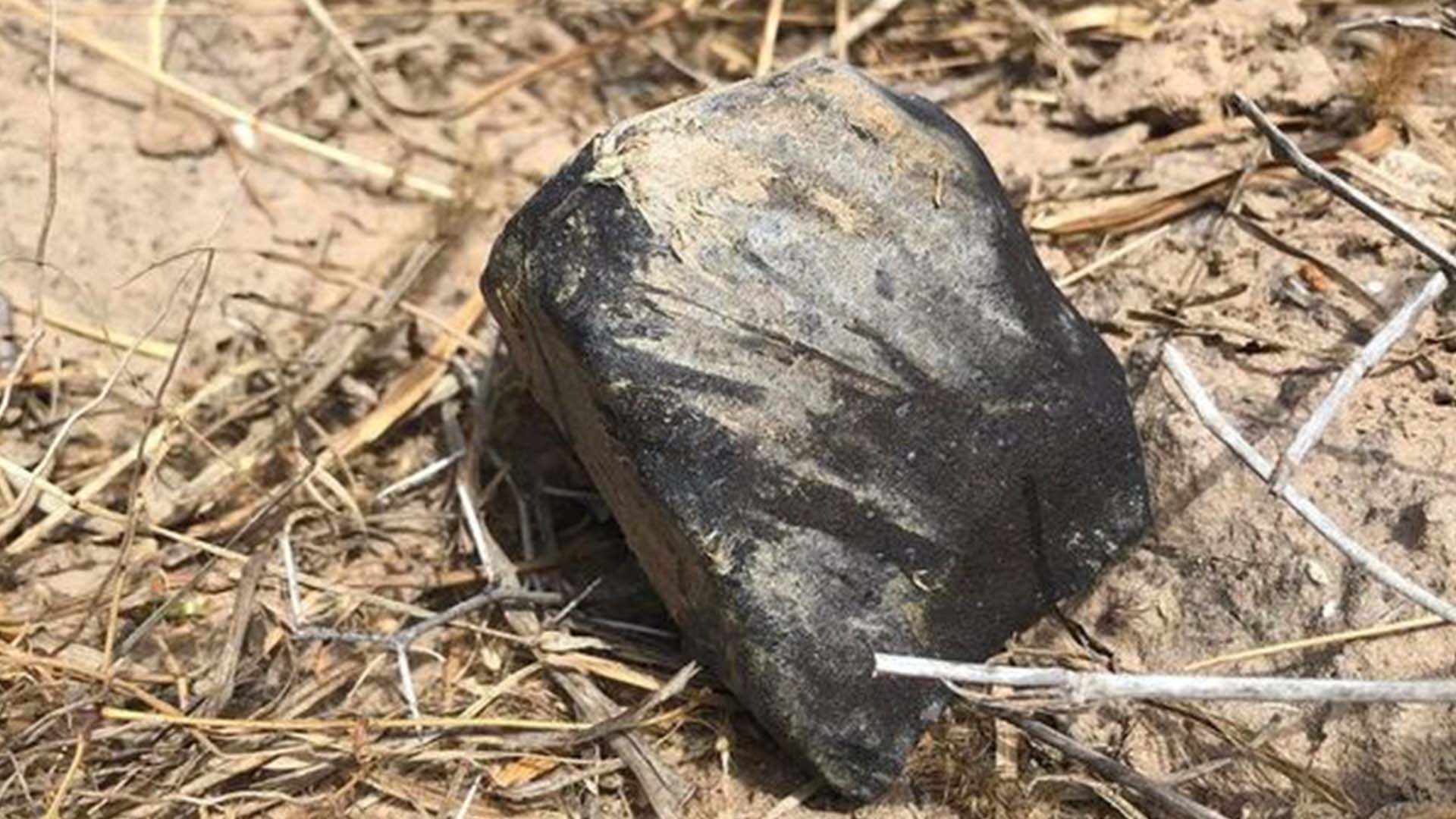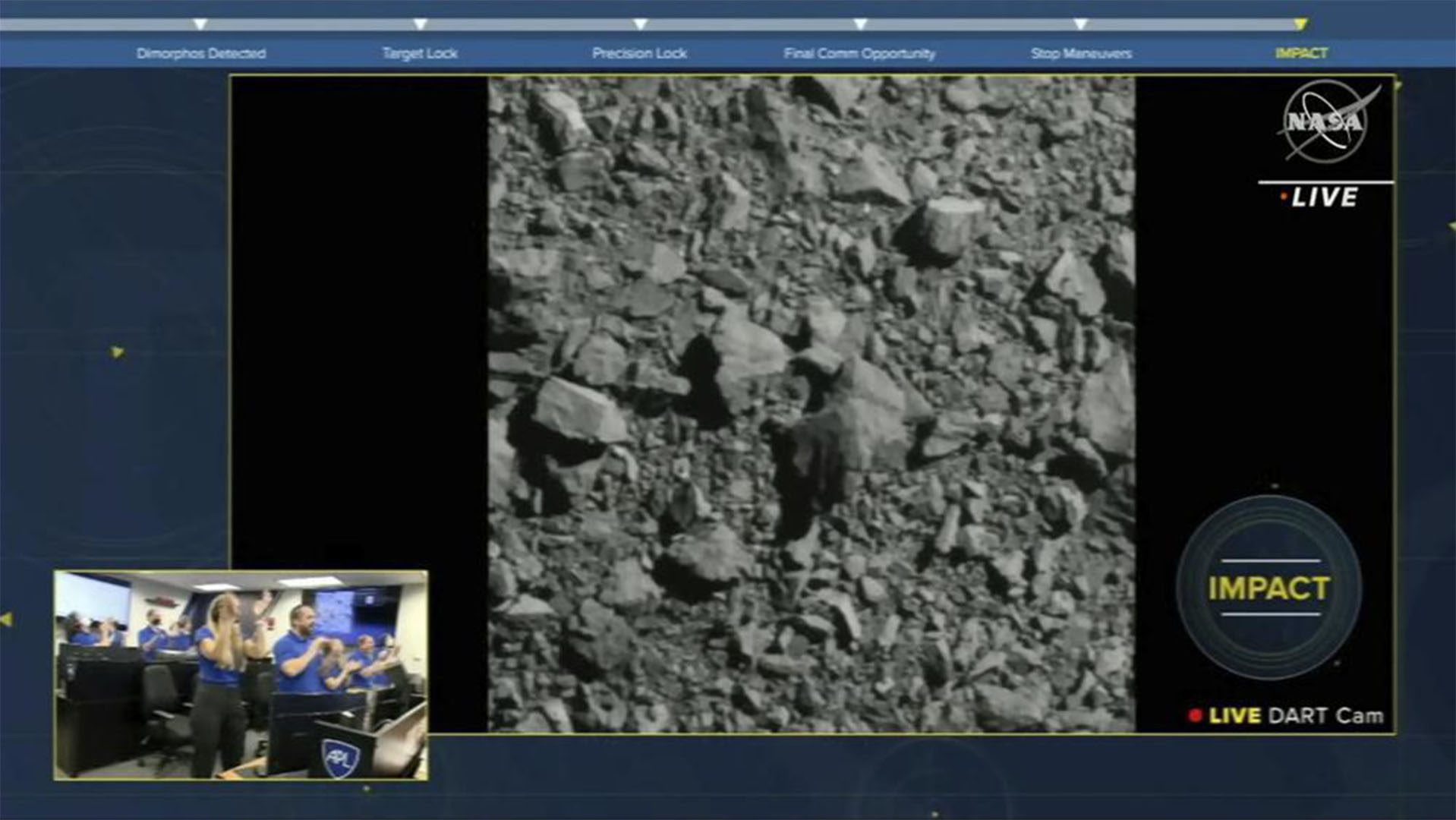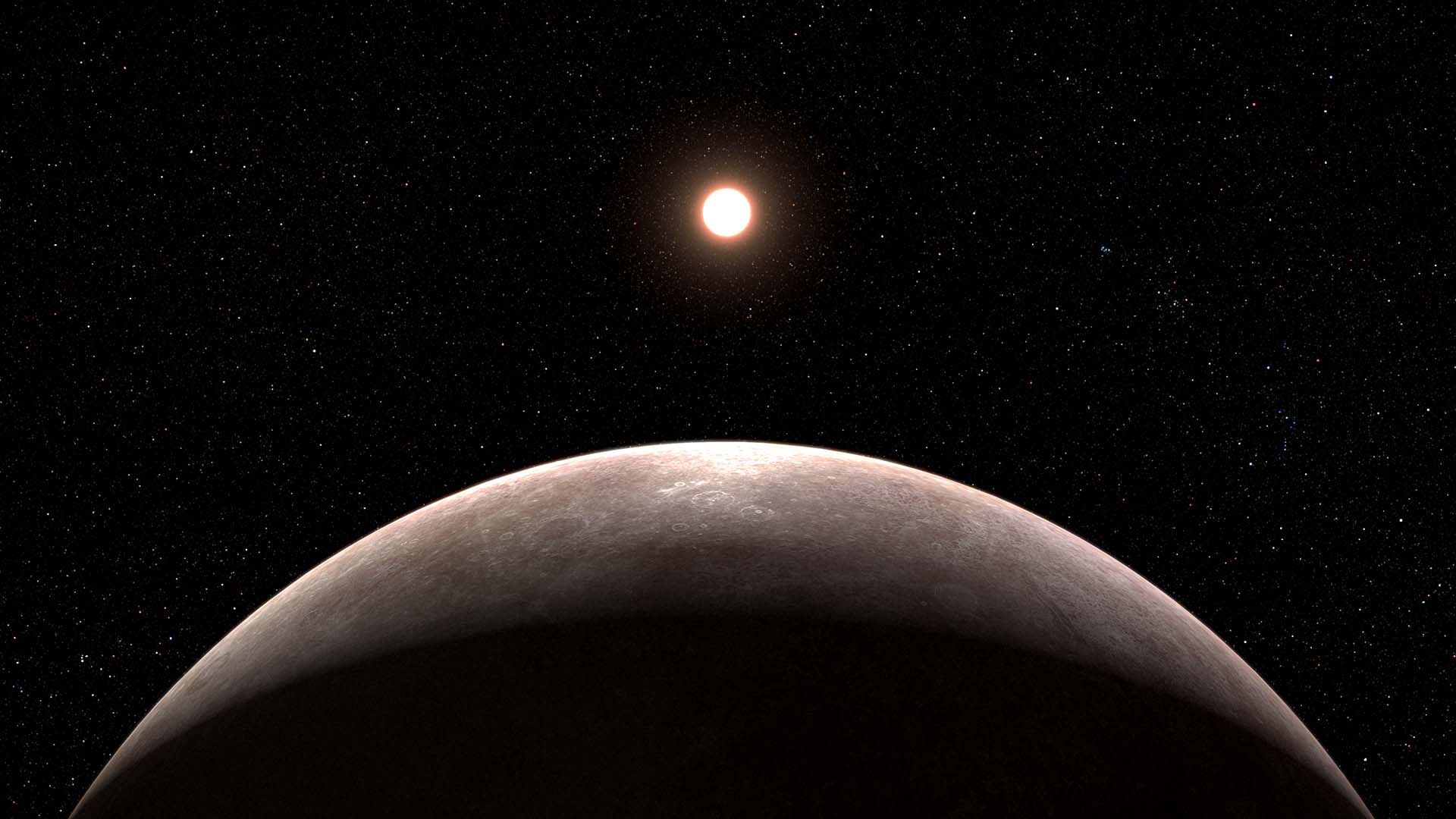On March 8, Relativity Space was scheduled to launch Terran 1, the world’s first 3-D printed rocket, into space. The company initially planned to conduct one final test before takeoff but decided to launch so the rocket would not be at risk of deterioration.
The launch, however, was scrubbed after a last-minute automatic abort and temperature issues about 70 seconds before an initial launch try. The company is now aiming to launch Terran 1 into space during the afternoon of Saturday, March 11. As the test and launch technical program manager for Relativity Space during live launch commentary, “While we obviously had high hopes for sending our Terran 1 off today, we’re going to continue to take a measured approach so we can ultimately see this rocket off to Max Q and beyond.”
Terran 1 & Relativity Space
The launch was announced on February 22 after Relativity Space secured its launch license from the Federal Aviation Administration. The mission, titled “Good Luck, Have Fun,” will test if Terran 1 can reach orbit. It will also test Relativity Space’s proprietary 3D printing technology, which combines 3D metal printing, artificial intelligence, and autonomous robotics to create rockets from raw material within 60 days.
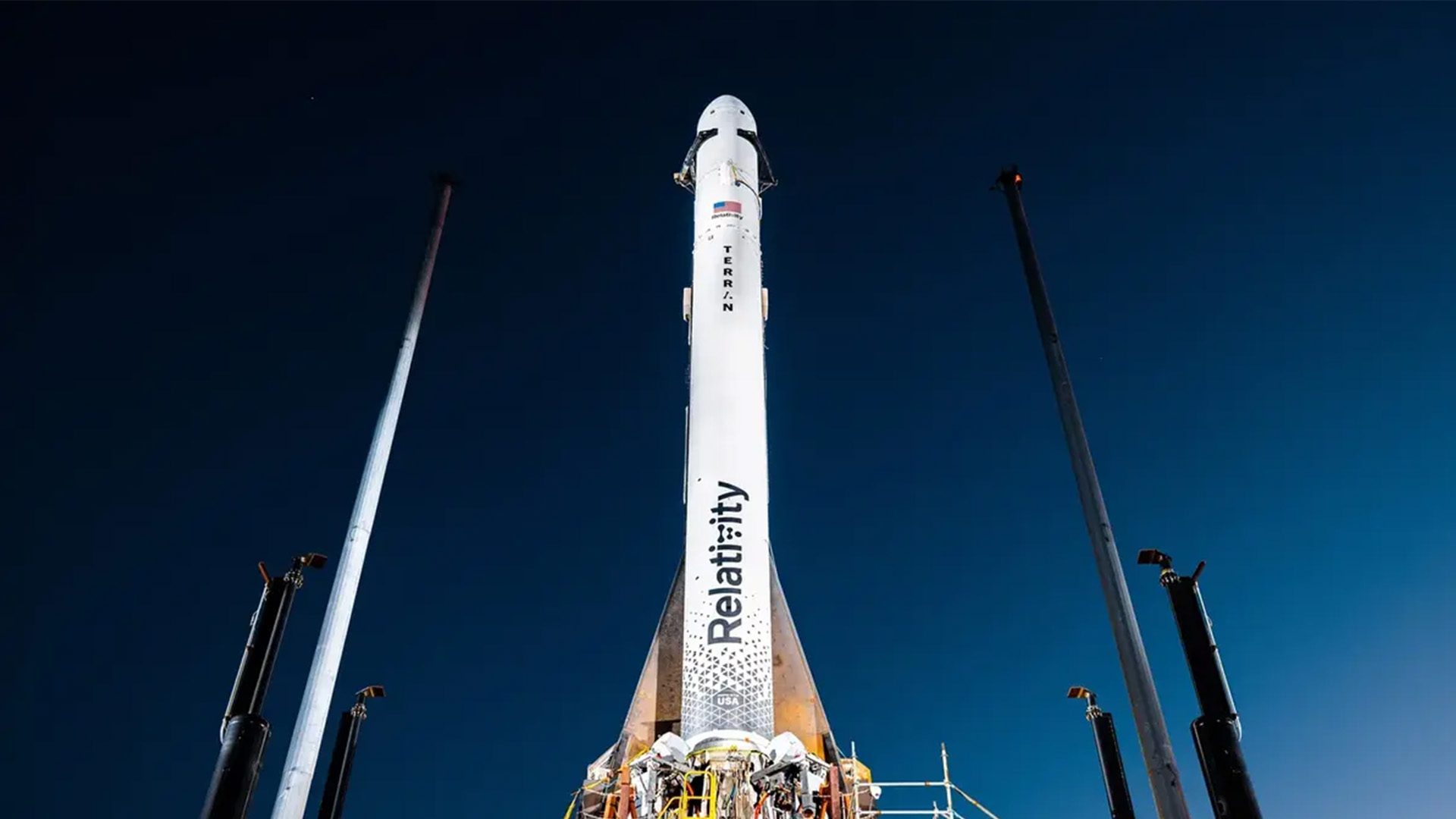
At 110 feet tall and 7.5 feet wide, Terran 1 is the largest 3D-printed object to attempt orbital flight. The rocket’s software-driven architecture is “…capable of accommodating satellite customers’ evolving needs, while also providing the most agile and affordable launch service on the market.”
Terran 1 will not be carrying any payloads on its first flight, but NASA has signed a contract with Relativity Space to launch a small satellite with the rocket in the future. The contract is part of NASA’s Venture-Class Acquisition of Dedicated and Rideshare (VADR) missions. According to NASA, VADR will provide new opportunities and science and technology payloads and foster the growing U.S. commercial launch market.
Relativity Space is also working on Terran R, a fully reusable and entirely 3D-printed launch vehicle. It would be capable of launching 20 tons to low Earth orbit and is designed to offer customers a “point-to-point space freighter capable of missions between the Earth, Moon, and Mars.” Terran R will launch from Cape Canaveral, starting in 2024.
Space & 3D Printing
3D printing technology has been used for rockets before, but never at this scale. For example, Aerojet Rocketdyne, an American company specializing in rocket engine design, built four RS-25 engines for NASA’s Artemis 1 rocket with the help of 3D printing. The company used laser powder bed fusion (LPBF) for a majority of the rocket’s engines, reportedly reducing the overall production costs of the engines by 35 percent. LPBF is a 3D printing method that joins pondered material point by point by using a laser beam.
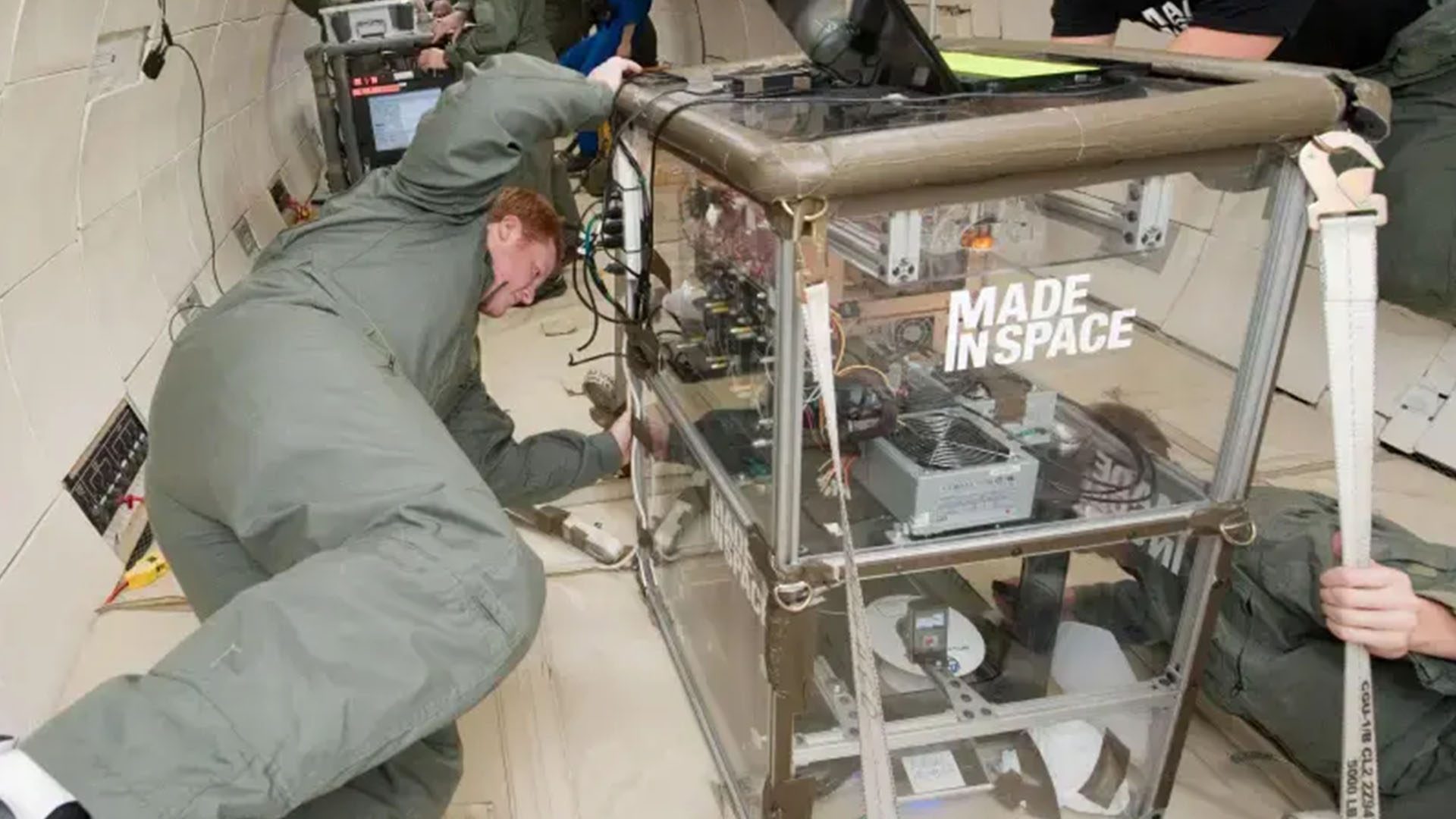
3D printing is also now possible in space itself thanks to the Zero G 3D printer, created by a collaboration of Made in Space and NASA. The printer, sent to the International Space Station in 2014, created three-dimensional objects by feeding a continuous thread of plastic through a heated extruder and onto a tray. The printer was not affected by microgravity and worked normally in space.
More 3D printers have since been sent to the ISS such as the Metal3D printer, created by the European aerospace company Airbus. Metal3D can print metal, enabling astronauts to print parts such as radiation shields and various tools.



